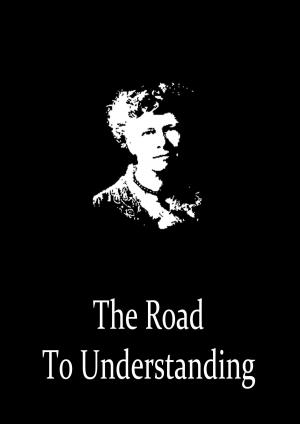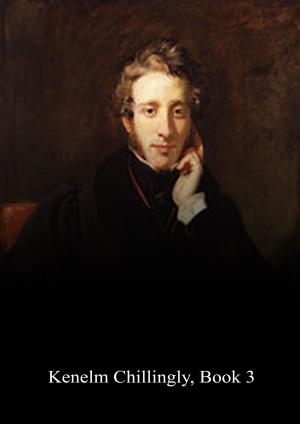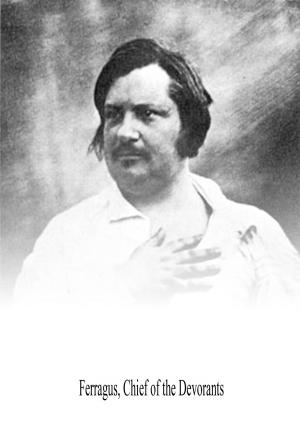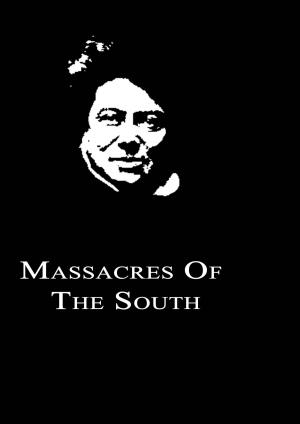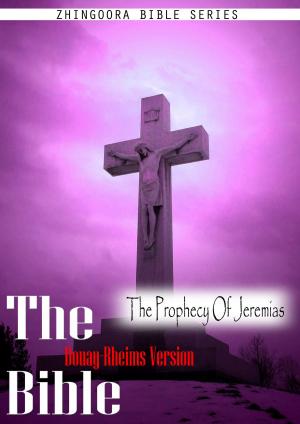| Author: | The Books Of Hinduism | ISBN: | 1230000036247 |
| Publisher: | Zhingoora Books | Publication: | December 3, 2012 |
| Imprint: | Language: | English |
| Author: | The Books Of Hinduism |
| ISBN: | 1230000036247 |
| Publisher: | Zhingoora Books |
| Publication: | December 3, 2012 |
| Imprint: | |
| Language: | English |
Christmas Summary Classics
This series contains summary of Classic books such as Emma, Arne, Arabian Nights, Pride and prejudice, Tower of London, Wealth of Nations etc. Each book is specially crafted after reading complete book in less than 30 pages. One who wants to get joy of book reading especially in very less time can go for it.
THE BOOKS OF HINDUISM
The Vedanta Sutras
Hinduism, though usually understood to include Brahmanism (q.v.), is, in fact, a later development of it. Its central doctrine is the trinity, or Trimurti, which embraces the three-fold manifestation of the god-head as Brahma, the one supreme being, the Creator; Vishnu the Preserver; and Siva the Destroyer. The three principal books of Hinduism are the "Vedanta Sutras," the "Puranas," and the "Tantras," of which only the first is epitomised here. The "Sutras" are the earliest. The "Vedanta" (literally "goal" or "issue of the Veda") is a purely pantheistic and monastic philosophical system, and by far the most prevalent in Modern India. It is ascribed to Badarayana, sometimes called Vyasa, though this last is really a generic name denoting "a collector." The word "sutra" denotes literally "threads," and is used by Brahmanic writers for short, dry sentences, brief expositions. "Vedanta Sutras" means literally "compendious expressions of the Vedantic (not Vedic) doctrine." The second great division of Hindu sacred literature is the "Puranas," the last and most modern of the books of Hinduism. The word "Purana" means "old," and in ancient Sanscrit writings it has the same meaning as our "cosmology." The "Puranas," however, are ill-arranged collections of theological and philosophical reflections, myths and legends, ritual, and ascetic rules. They depend very much on the two great epics, especially the Mahabharata. The Sanscrit writings called "Tantras" are really manuals of religion, of magic, and of counter-charms, with songs in praise of Sakti, the female side of Siva.
Christmas Summary Classics
This series contains summary of Classic books such as Emma, Arne, Arabian Nights, Pride and prejudice, Tower of London, Wealth of Nations etc. Each book is specially crafted after reading complete book in less than 30 pages. One who wants to get joy of book reading especially in very less time can go for it.
THE BOOKS OF HINDUISM
The Vedanta Sutras
Hinduism, though usually understood to include Brahmanism (q.v.), is, in fact, a later development of it. Its central doctrine is the trinity, or Trimurti, which embraces the three-fold manifestation of the god-head as Brahma, the one supreme being, the Creator; Vishnu the Preserver; and Siva the Destroyer. The three principal books of Hinduism are the "Vedanta Sutras," the "Puranas," and the "Tantras," of which only the first is epitomised here. The "Sutras" are the earliest. The "Vedanta" (literally "goal" or "issue of the Veda") is a purely pantheistic and monastic philosophical system, and by far the most prevalent in Modern India. It is ascribed to Badarayana, sometimes called Vyasa, though this last is really a generic name denoting "a collector." The word "sutra" denotes literally "threads," and is used by Brahmanic writers for short, dry sentences, brief expositions. "Vedanta Sutras" means literally "compendious expressions of the Vedantic (not Vedic) doctrine." The second great division of Hindu sacred literature is the "Puranas," the last and most modern of the books of Hinduism. The word "Purana" means "old," and in ancient Sanscrit writings it has the same meaning as our "cosmology." The "Puranas," however, are ill-arranged collections of theological and philosophical reflections, myths and legends, ritual, and ascetic rules. They depend very much on the two great epics, especially the Mahabharata. The Sanscrit writings called "Tantras" are really manuals of religion, of magic, and of counter-charms, with songs in praise of Sakti, the female side of Siva.
![Cover of the book The Vedanta Sutras [Christmas Summary Classics] by The Books Of Hinduism, Zhingoora Books](https://www.kuoky.com/images/2012/december/500x500/1230000036247-to9u_500x.jpg)
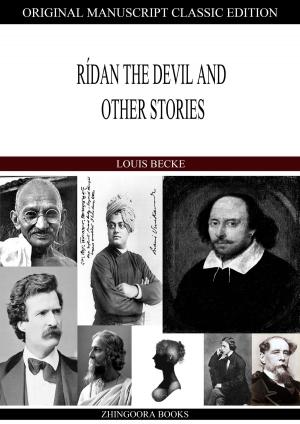
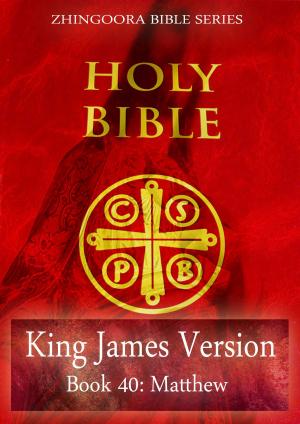
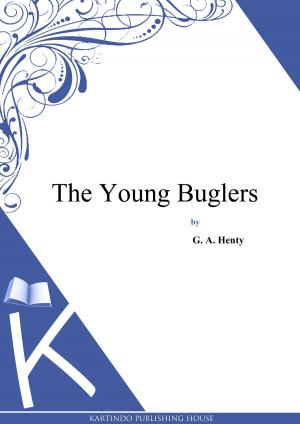

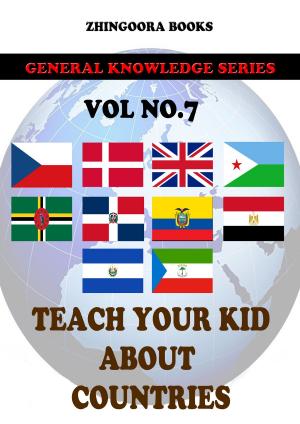
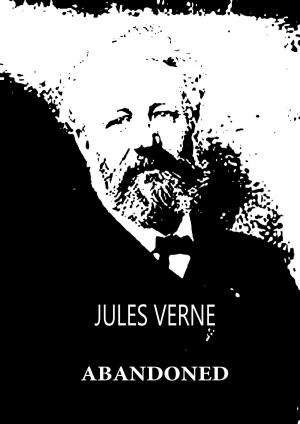

![Cover of the book Droll Stories [Volume 2] by The Books Of Hinduism](https://www.kuoky.com/images/2012/december/300x300/1230000035891-K5Zn_300x.jpg)
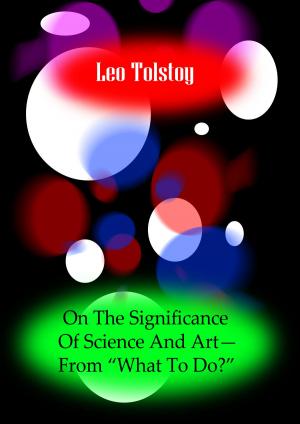
![Cover of the book Teach Your Kids About Country Flags [Vol 18] by The Books Of Hinduism](https://www.kuoky.com/images/2012/november/300x300/1230000029587-SiVd_300x.jpg)
